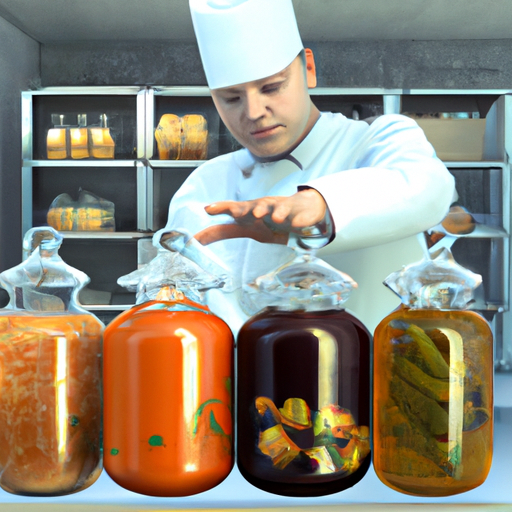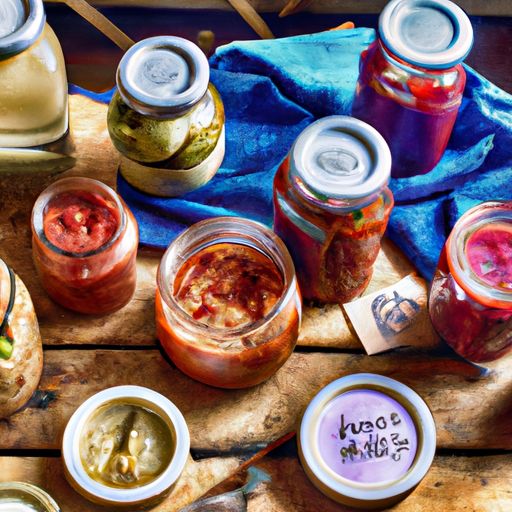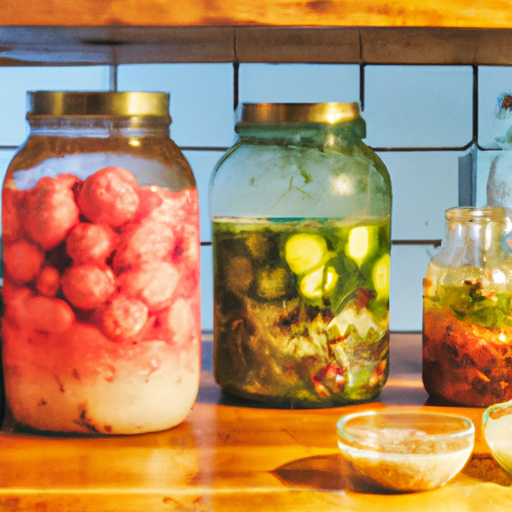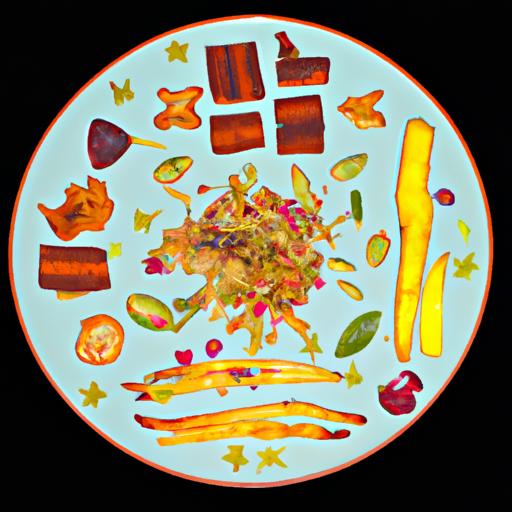Discover how traditional fermentation practices are revolutionizing modern kitchens and transforming the culinary landscape. Learn about innovative fermentation techniques that are elevating both flavor profiles and gut health. Explore how top chefs are incorporating fermented ingredients into their signature dishes.

The ancient art of fermentation is experiencing a remarkable renaissance in modern gastronomy, with chefs and home cooks alike rediscovering its transformative powers. This centuries-old preservation technique has evolved from a necessity into a sophisticated culinary tool that's reshaping how we approach flavor development and food sustainability.
At its core, fermentation is a metabolic process that converts sugar to acids, gases, or alcohol using yeast or bacteria. While this scientific definition might sound clinical, the results are anything but – fermentation creates complex flavor profiles that cannot be replicated through any other cooking method.
The modern fermentation movement goes far beyond traditional products like sauerkraut and kimchi. Innovative chefs are now experimenting with unusual ingredients and combinations, creating everything from fermented honey garlic to coffee kombucha. These experiments are not just about preservation; they're about creating new flavor compounds and enhancing nutritional values.
One of the most exciting developments in modern fermentation is the use of controlled environments. Temperature and humidity-controlled chambers, precise pH monitoring, and specialized equipment have turned fermentation from an art into a science. This level of control allows for consistency and safety while still maintaining the creative aspects of fermentation.
The health benefits of fermented foods have also contributed to their surge in popularity. Fermented products are rich in probiotics, which support gut health and overall immunity. As consumers become more health-conscious, the demand for naturally fermented products continues to grow.
In professional kitchens, fermentation has become a crucial element of flavor development. Chefs are creating house-made vinegars, aged hot sauces, and custom spice blends through controlled fermentation. These unique ingredients become signature elements that set their dishes apart and create distinctive flavor profiles.
The sustainability aspect of fermentation cannot be overlooked. By extending the shelf life of seasonal ingredients, fermentation helps reduce food waste and preserve local produce for year-round use. This aligns perfectly with the growing focus on sustainable cooking practices and local sourcing.
For home cooks, fermentation offers an accessible entry point into traditional food preservation techniques. Starting with simple projects like kombucha or lacto-fermented vegetables, enthusiasts can gradually build their skills and understanding of the process. The satisfaction of creating something unique and watching it transform over time has created a dedicated community of home fermenters.
The future of fermentation looks particularly exciting with the integration of technology. Smart fermentation vessels with built-in monitoring systems are making it easier to achieve consistent results. These innovations are helping to demystify the process and make it more accessible to a broader audience.
Experimentation with new ingredients and combinations continues to push the boundaries of what's possible. Black garlic, once a specialty item, is now commonly produced through carefully controlled fermentation. Chefs are fermenting everything from fruits and vegetables to proteins and grains, creating new textures and flavors.
The influence of global fermentation traditions is also enriching the modern landscape. Techniques from different cultures are being combined and adapted, creating exciting hybrid products. This cross-cultural exchange is leading to innovations that honor traditional methods while creating something entirely new.
As we look to the future, fermentation will likely play an increasingly important role in sustainable food systems. Its ability to preserve foods naturally, enhance nutritional value, and create complex flavors makes it a valuable tool in addressing both culinary and environmental challenges.
The movement has also sparked a renewed interest in food science and the chemistry behind cooking. Understanding the role of different bacteria, yeasts, and environmental conditions has become crucial for both professional and home fermenters. This scientific approach, combined with traditional knowledge, is creating a new paradigm in food preparation.



